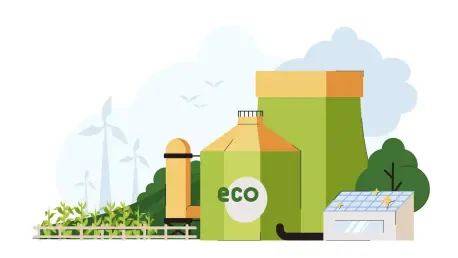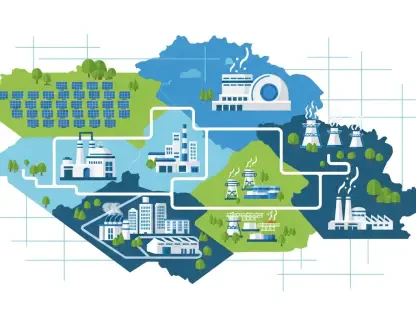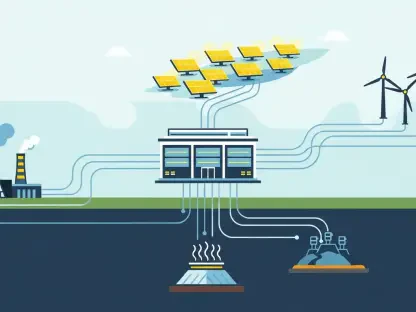In the face of increasing wildfire threats, Watson Lake in Yukon has emerged as a beacon of innovation, exploring how forest biomass can be transformed into renewable energy. This initiative, spearheaded by Natural Resources Canada, aims to curtail wildfire risks while offering sustainable energy solutions to remote communities. The compelling aspect of this study is its ability to intertwine environmental protection with energy independence, addressing the dual challenge of fire prevention and energy sustainability.
Central Theme and Focus
This research focuses on transforming forest biomass in wildfire-prone areas like Watson Lake into viable bioenergy solutions. The core question centers on whether such biomass can not only mitigate fire hazards but also meet local energy demands. Canadian Forest Service researchers, led by Nicolas Mansuy, have zeroed in on the potential benefits of harvesting forest residues to power remote communities. This undertaking may significantly reduce reliance on fossil fuels and deliver environmental gains. A notable discovery is that minimal biomass extraction could suffice to meet annual energy needs, addressing the persistent energy deficit faced by many northern locales.
Background and Context
With fire risks intensifying globally, the Yukon region presents a unique challenge due to its dense forests and isolated neighborhoods. This study is pivotal, not only enhancing understanding of bioenergy implementation but also having wider implications for sustainable practices in similar ecosystems. The project interlinks with Canada’s national strategy for renewable energy, emphasizing the role of bioenergy in fortifying community resilience against wildfires. The scope extends beyond Watson Lake, indicating broader policy implications for energy autonomy and environmental stewardship.
Research Methodology, Findings, and Implications
Methodology
A comprehensive methodology anchors this research, incorporating data from forest biomass assessments and wildfire risk evaluations. Using advanced modeling and local community inputs, researchers assess biomass volume and quality. Collaborative initiatives with Watson Lake residents form the crux of effective fuel treatment approaches, ensuring practical solutions alongside ecological safeguards.
Findings
Key findings reveal the vast potential of utilizing forest biomass to meet regional energy demands. A crucial insight is that removing even a small percentage of available biomass can power many remote areas. Additionally, the study highlights Watson Lake’s strategic advantages due to its infrastructure and prior experiences in fuel treatment, which make it an ideal candidate for a community-scale bioenergy project.
Implications
The research findings have significant implications for energy policies and wildfire management strategies. The potential for decreased fossil fuel dependence aligns with national objectives of environmental and economic sustainability. Furthermore, the development of a local bioenergy market promises economic benefits, potentially reducing costs associated with fuel treatment and energy distribution. The initiative also sets a precedent for similar communities facing analogous challenges, offering a replicable framework for merging energy production with wildfire risk reduction.
Reflection and Future Directions
Reflection
Reflecting on the study reveals challenges such as unifying diverse stakeholders and aligning fire prevention goals with renewable energy initiatives. Collaboration with local groups was key, overcoming barriers related to logistics and community engagement. The research scope could be expanded to include a broader range of biomass sources and analyze long-term impacts on local ecosystems.
Future Directions
Looking forward, potential avenues for further research include evaluating different biomass types and their energy yields. Developing a robust bioenergy market will offer economic opportunities, facilitating local expertise development and community empowerment. The proposed bioenergy academy with the University of British Columbia illustrates commitment toward long-term capacity building, combining traditional Indigenous knowledge with modern techniques.
Conclusion
The groundbreaking research conducted in Watson Lake provided a promising model for addressing wildfire risks through renewable energy solutions. By leveraging forest biomass for bioenergy, the study has positioned itself as a cornerstone in achieving energy independence, promoting economic prosperity, and enhancing environmental protection. Future endeavors may further solidify these integrated approaches, shaping energy policies, and reinforcing community resilience in wildfire-prone regions, ultimately revolutionizing renewable energy landscapes.









